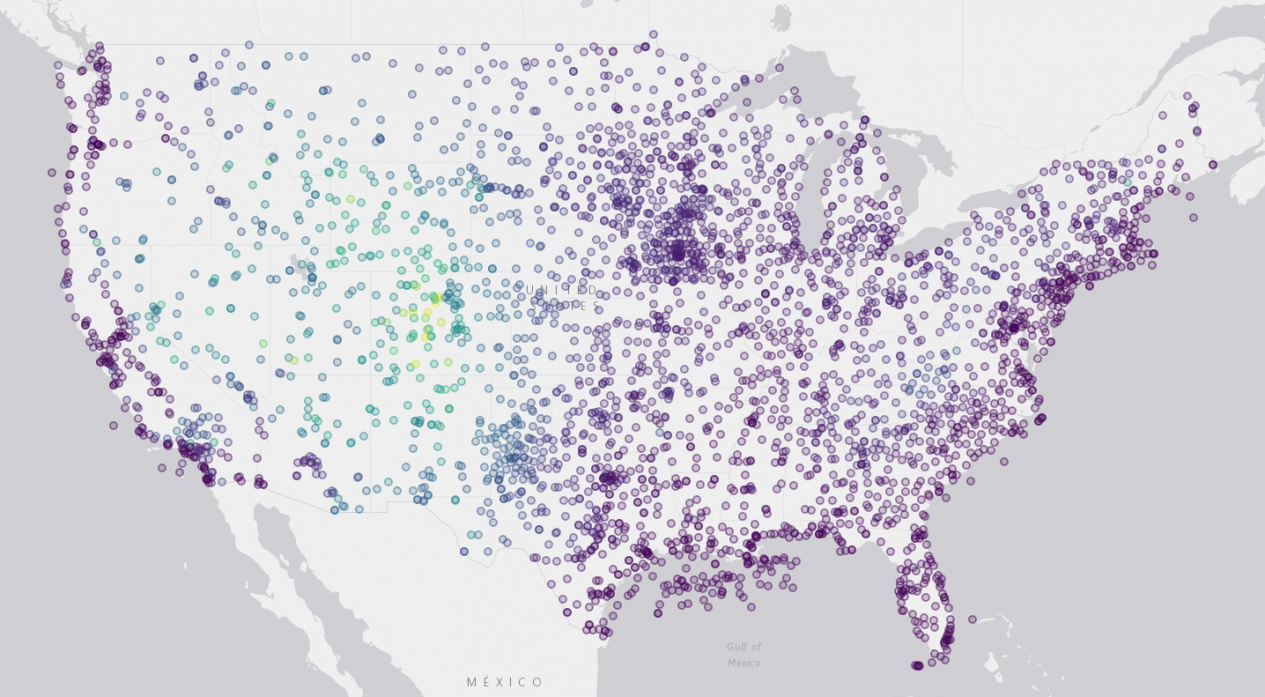

- #How to use spreadsheet as a grid mapping tool how to#
- #How to use spreadsheet as a grid mapping tool update#
- #How to use spreadsheet as a grid mapping tool software#
The process used to build the map is just as important as the map itself.
#How to use spreadsheet as a grid mapping tool update#
Including version numbers and the date of last update on the artifact itself helps others understand that this artifact is subject to change and evolve. Customer-journey maps need to be updated to stay relevant and reliable.

#How to use spreadsheet as a grid mapping tool software#
Many organizations have strict policies about the software their employees use due to data-protection issues.
#How to use spreadsheet as a grid mapping tool how to#
In contrast, if the artifact is hosted in dedicated, highly specialized software, people may not know how to edit it (even if they did that initial onboarding, chances are they’ll forget how to use the software if they don’t use it regularly) and the responsibility to keep the artifact up to date will fall solely on one or few people who are familiar with the program (e.g., a designer).Īccessible to most companies. If an edit in the future is needed, anyone can return to the original artifact and easily update it. Second, it increases the likelihood that others will develop a sense of ownership and responsibility towards the artifact and they will truly contribute to it. First, there is no technical-onboarding time needed (no need to create an account and learn how the tool works before contributing). Using a tool familiar to others has two major benefits. Unlike other drag-and-drop tools or design-oriented tools, spreadsheets are widely used across many different domains. This mid-fidelity format can be used as a first step to digitizing in-person mapping work, or conversely, as a precursor to making a high-fidelity journey map, when you are still gathering and organizing various inputs. The simplicity of this grid structure allows teams to focus on the content, rather than on the layout or visual characteristics of the artifact. Rows align to a journey map’s four primary swim lanes: phases, actions, thoughts, mindsets/emotions columns align to the phases of the journey. The columns and rows of a spreadsheet can be easily adjusted to accommodate the structure of a journey map.
/simplexct/images/ElectionsMap-85889.png)
While there are several levels of digital tools available for remote customer journey mapping, a spreadsheet is an efficient, effective choice for many teams, for several reasons:Ĭompatible format and structure. This process creates a scannable visualization of where in the journey the user experiences the most pain or frustration. Highs and lows of the user journey can be visualized by filling in the entire corresponding cell (Negative for bad experiences, Positive for good ones, and Neutral for the rest). This approach creates a scannable journey profile that quickly conveys where the user’s experiences highs and lows across the journey. When the user experience hits a high point, fill in the corresponding Positive cell (rows 34–36). In areas where the user’s expectations are not being met, more time is spent, or there are unnecessary touchpoints, fill the corresponding Negative cell (rows 38–40). Collaboratively analyze and identify the highs and lows of the customer journey. If politically possible, you can also assign ownership for different parts of the journey map, so that it’s clear who’s in charge of what capitalizing on each opportunity. Any insights that emerge should be explicitly listed (rows 26–31). These are critical, yet often overlooked elements. Note, these data points should be based on qualitative research such as field studies, contextual inquiry, and diary studies. Then, for each of the phases, identify the user’s actions (rows 7–12), thoughts and expressions (rows 13-18), and emotional experience (rows 19–25). Next, describe the phases of the customer journey (rows 5–6). Be sure to also include the internal team who is making the map, the date, and the version number (to communicate that the map is a living artifact). Includes the map title, persona, scenario (the specific experience being mapped), and corresponding goals and expectations of the user. In your own copy of the template, identify the lens (rows 2–4) of your customer-journey map. This customer journey template offers a starting point for your own customer journey map.


 0 kommentar(er)
0 kommentar(er)
